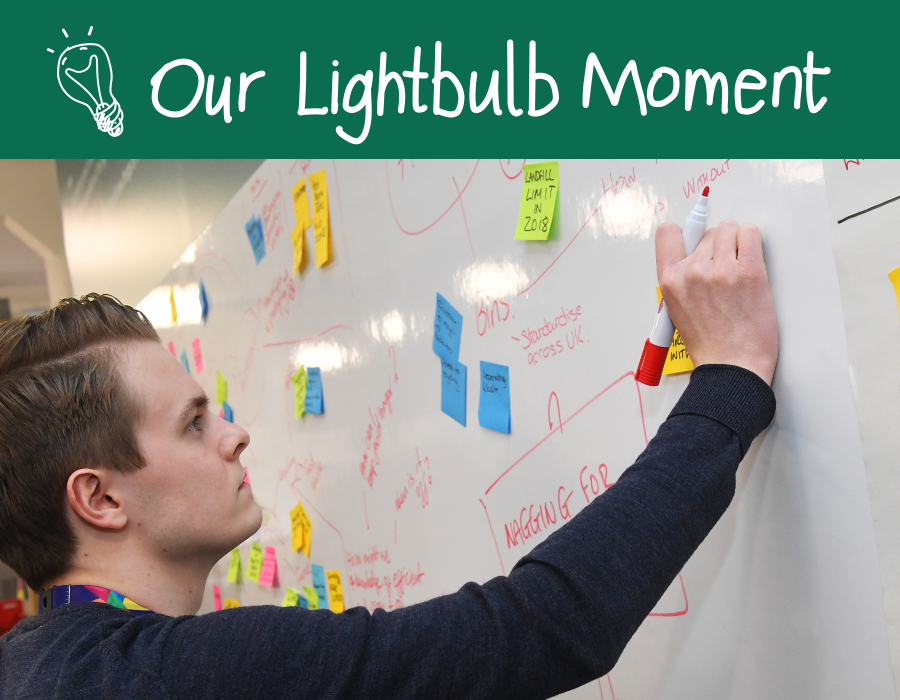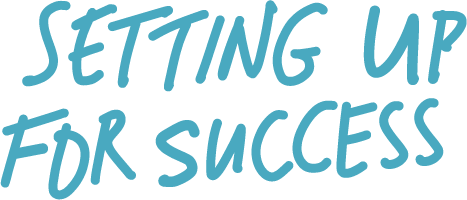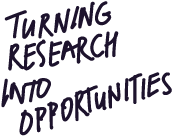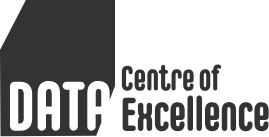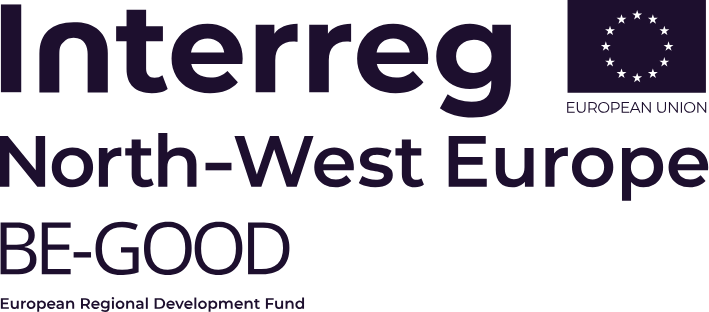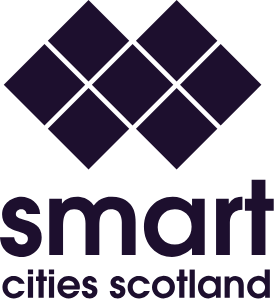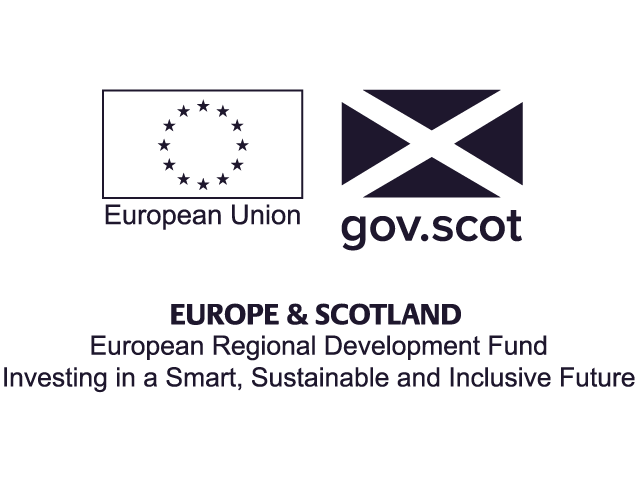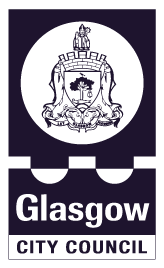.png)
Turning research into opportunities
Design thinking is a human-centred design process. It’s about understanding what all of the people involved in a problem, a product or service want and need. The more you can understand the better a response you can design.
The key to success is in hearing from as many people involved as possible. Capturing their stories, their feelings and their perceptions is as important as capturing hard facts and data. Sometimes more important.
Bringing all of the information together in a ‘living wall’ can help everyone understand all aspects of the project, connect dots and spot opportunities.
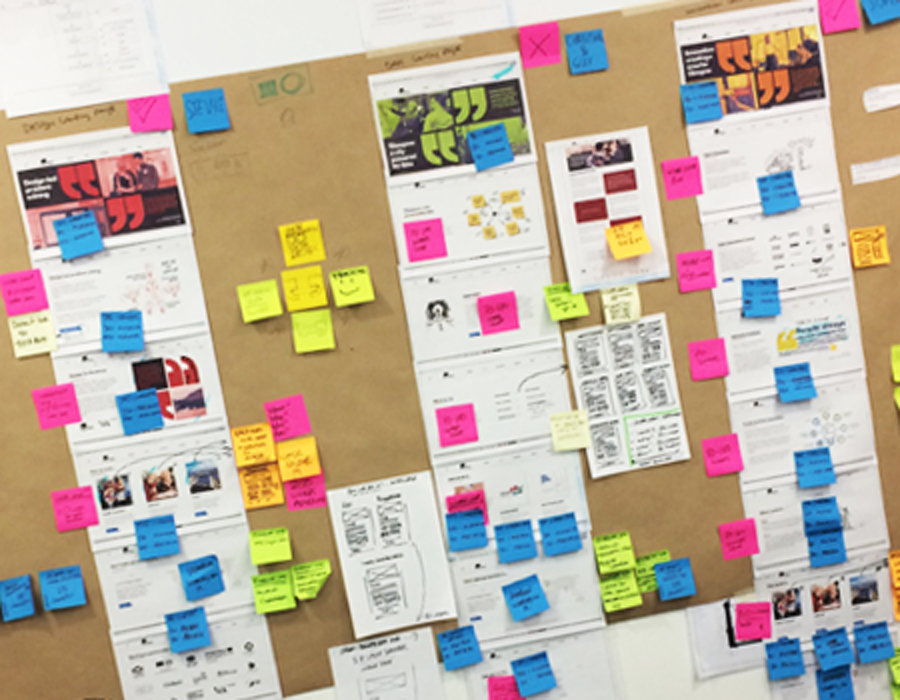
What is the aim?
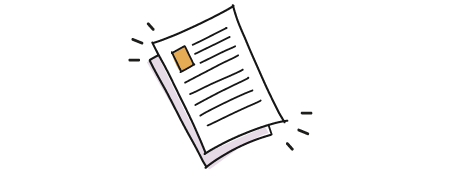
To develop a final challenge brief
Why are you doing it?
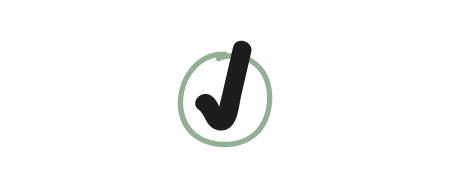
Ensure focus is on solving the correct problems
Who do you need?
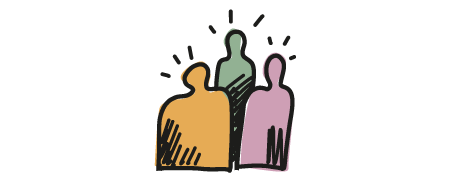
Project Team
What is our process?
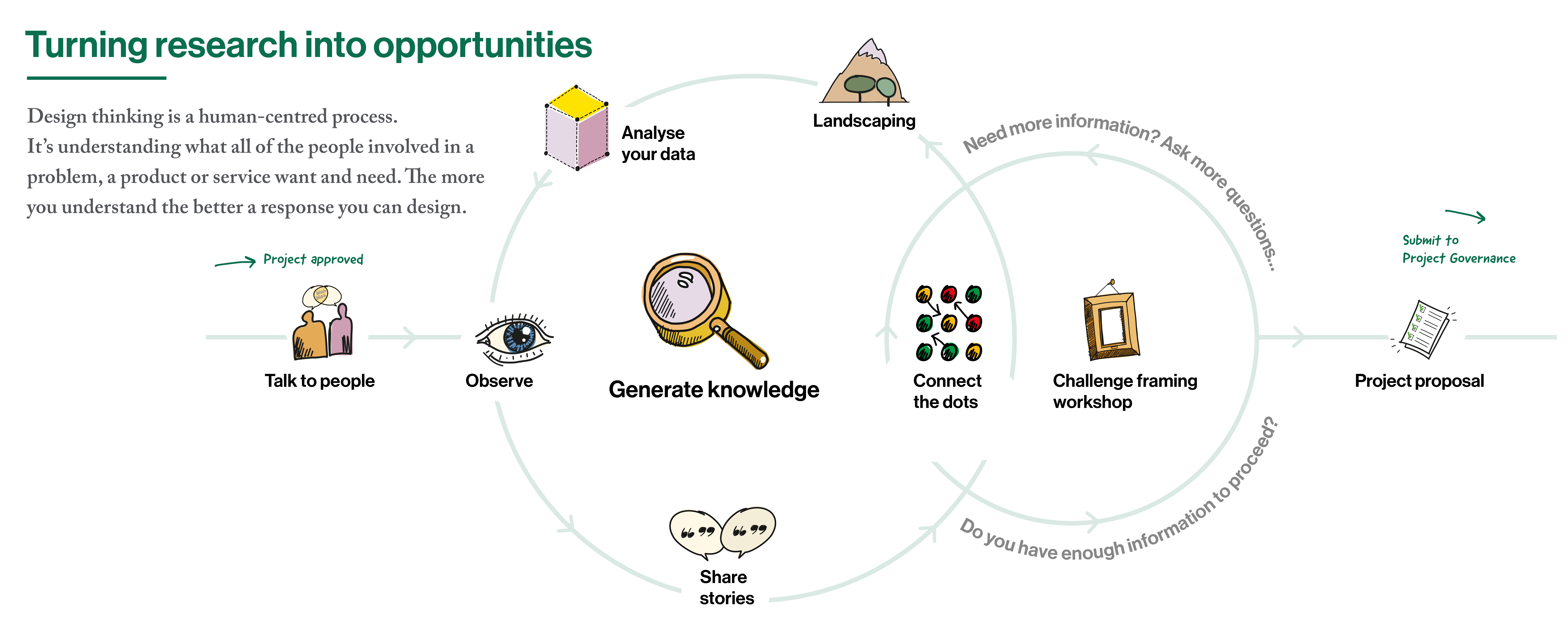
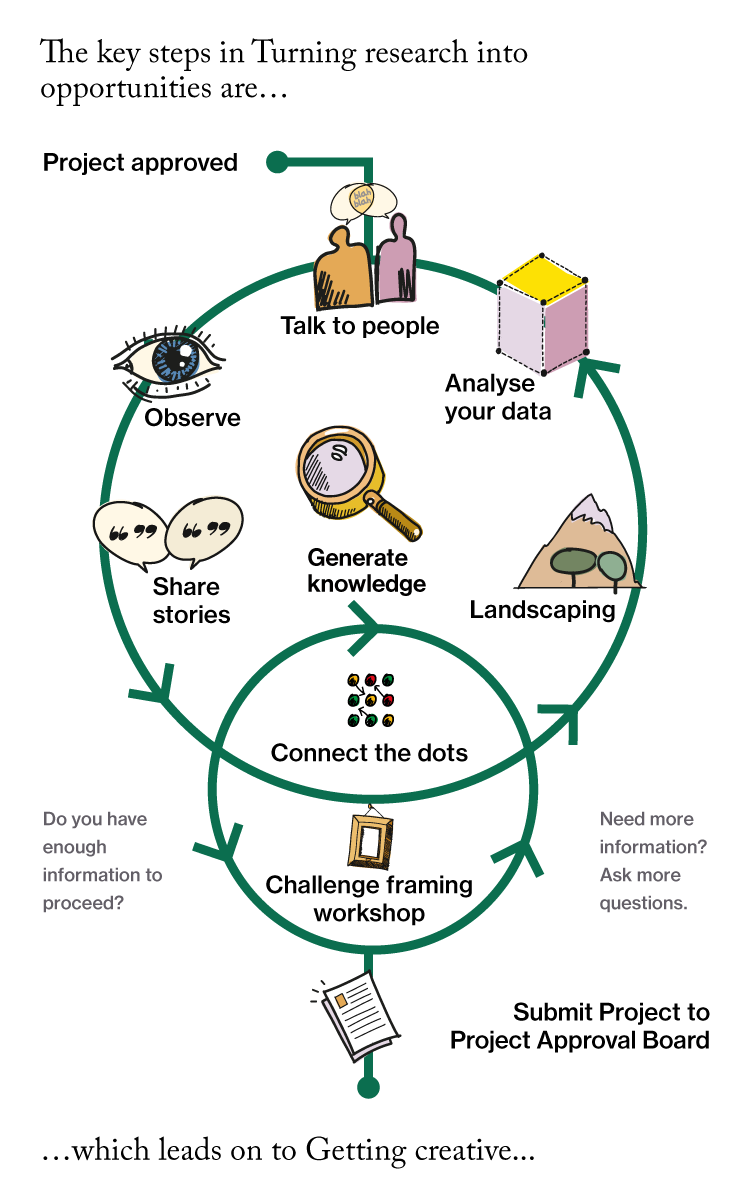
How did we do it?
Generate knowledge
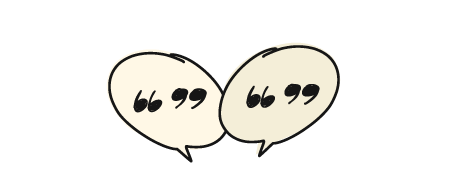
Talk to people
Knowing who your stakeholders are and how they feel in relation to the challenge is really important to the process. Engaging with, and speaking to, as many of them as possible will unearth information and knowledge that traditional research often misses. Tailor your engagement to your audience and take the time to build a relationship – a relaxed atmosphere of mutual trust will often bring new insight.
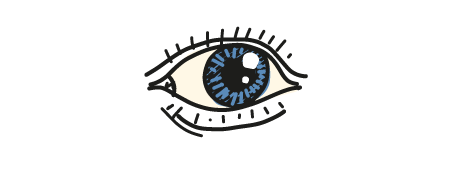
Observe what’s going on
Understanding what is currently going on is very important. From finding out how people use a service, watching how transactions take place or detailing the processes at the back end, observation is really powerful. We have highlighted a few of our favourite techniques below:
- Face-to-face interviews
- Journals, diaries and so on
- Fly on the wall observation
- User safari - be the user
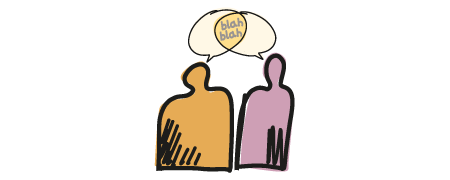
Share stories
Since the beginning of time humans have shared information using story. Words and pictures used to deliver an important message or engage our curious minds. Whether we are encouraging people to engage with us, reporting to project leads or conveying research to the team, the power of storytelling is a constant thread in the work we do.
Connect the dots
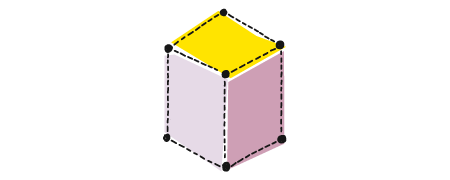
Analyse your data
Capturing your research on a “living wall” helps to build understanding and insight as the project develops. As our knowledge grows we can start to look for common themes and patterns. Clustering these and developing them into problem statements allows you to start to thinking about “how might we…” tackle the challenges in front of us.
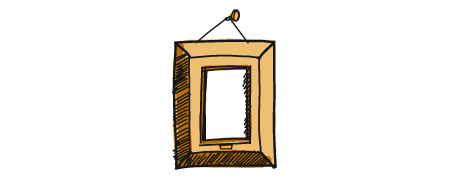
Challenge framing workshop
As this initial research phase comes to a close, this workshop provides a framework for converting research to insight and helps confirm or re-frame the initial challenge. Often initial assumptions have changed and a number of smaller challenges have surfaced that, if solved, will allow you to improve the overall picture from a number of angles.
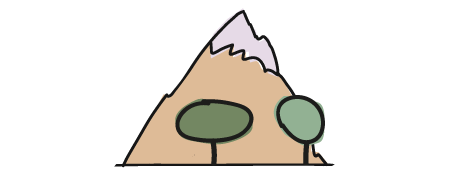
Landscaping
Typically, we have “landscaped” when bringing partners and colleagues together. Identifying ongoing work and aspirations allows us to make connections and pool resources. We also use this process before we start to develop ideas or solutions to assess whether someone has already solved our problem.
Identify opportunities

Final Challenge Brief
Following the challenge framing workshop and landscaping process, a final challenge brief documents is completed. This provides a summary of our findings, calls out the challenges and provides suggested next steps for the client. If these involve working further with our team, we would submit this document to the project approval board for agreement on next steps before it goes to the client.
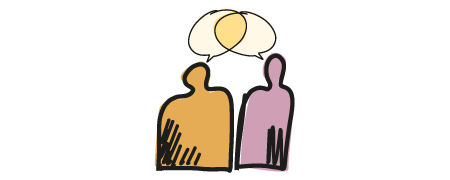
Client Liaison
We put people at the heart of everything we do. Collaboration with our clients is very important to our process. At times, our approach can be very different from ‘traditional’ council projects – it is really important to build trust and understanding with your clients. The link between the team and your challenge owner makes your process clear and creates a safe environment to experiment, challenge and innovate together.
Review the landscape…
Someone, somewhere has already solved a problem which is similar to the one you face so why re-invent the wheel.
Landscaping is a search process used in Open Innovation that looks at information which is publically available to help organisations find potential existing solutions to address current challenges. Collating all relevant information sourced allows you to make informed decisions on how to progress with your project.
Before you begin to landscape it is essential to arrange a discussion with the challenge owner to understand more about the challenge. The outputs from these discussions will help you refine your key search criteria to maximise impact.
As well as helping you to understand the current technology landscape it also allows you to understand lessons learned from other organisations during previous attempts by other organisations to solve similar challenges.
